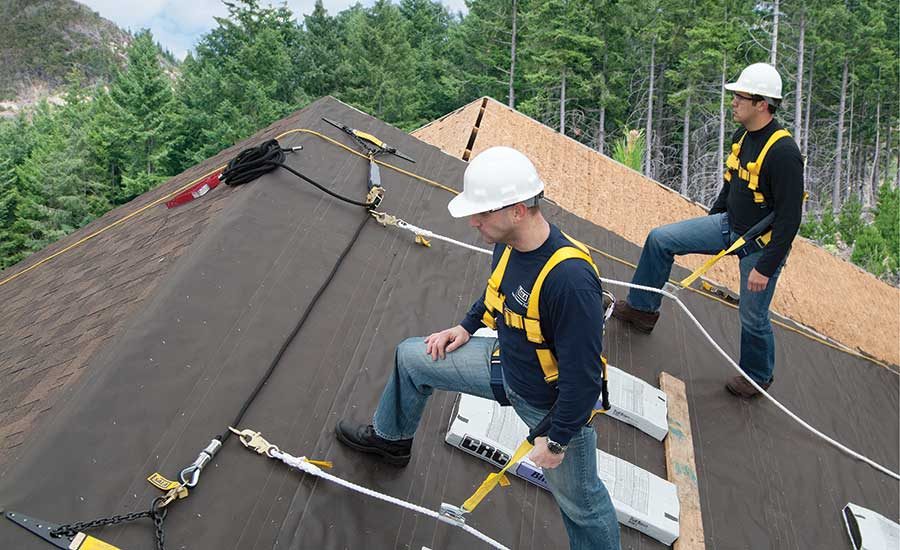
Understanding Regulations in Professional Roofing Services
Imagine you're standing atop a newly finished roof, the sun casting a warm glow over the shingles. As you admire the work, a thought strikes you – the safety and precision in every tile laid is no accident. It's the result of stringent regulations and measures in the world of professional roofing services. Let's delve into the world of roofing safety regulations, where every rule and guideline plays a crucial role in ensuring that the beauty of a finished roof is matched by its safety and compliance.
The Backbone of Safety in Roofing: Key Regulations
The Importance of Following Safety Measures and Regulations
In roofing, a profession where the risk is as high as the workplace, safety regulations are not just guidelines; they are lifelines. These regulations are meticulously crafted to protect workers from the unique dangers they face, from perilous heights to unpredictable weather conditions.
OSHA's Role in Roofing Safety
The Occupational Safety and Health Administration (OSHA) stands as a sentinel in this field. OSHA's guidelines are the North Star for roofing professionals, illuminating the path to a safe and compliant work environment.
1. Fall Protection Standards
- Why it Matters: Falls are the leading cause of fatalities in construction. OSHA's fall protection standards are designed to prevent these tragedies.
- What's Required: Roofers must use guardrail systems, safety net systems, or personal fall arrest systems on roofs with steep slopes and those more than 6 feet above lower levels.
2. Ladder Safety Regulations
- Why it Matters: Ladders are a roofer's faithful companion, but also a source of risk if not used correctly.
- What's Required: Proper selection, inspection, and usage of ladders are essential. OSHA mandates specific criteria for ladder safety to minimize risks.
3. Hazard Communication
- Why it Matters: Roofers often handle hazardous materials. Knowledge is power – and safety.
- What's Required: Employers must inform and train employees about the hazards of chemicals used in the workplace.
4. Weather-Related Safety
- Why it Matters: Weather can be a roofer's unpredictable foe, with conditions like extreme heat or cold posing serious health risks.
- What's Required: Provision of water, rest, and shade for hot weather, and thermal wear and breaks in cold conditions.
5. Equipment Use and Maintenance
- Why it Matters: The tools of the trade, if faulty, can turn into hazards.
- What's Required: Regular inspection and maintenance of all roofing equipment, ensuring they meet industry safety standards.
6. Emergency Response and First Aid
- Why it Matters: Accidents, though mitigated, can still occur. Being prepared can mean the difference between life and death.
- What's Required: Readily available first aid kits and an emergency response plan.
7. Training and Awareness Programs
- Why it Matters: Knowledgeable workers are safe workers.
- What's Required: Regular training programs to keep the crew updated on the latest safety practices and regulations.
The Role of State and Local Regulations
While OSHA provides the framework, state and local regulations often add another layer of safety specifics. These may include additional requirements for licensing, inspections, or even specific materials and techniques to be used, depending on the region's climate and environmental conditions.

Conclusion
In the world of professional roofing services, regulations are the unseen guardians that ensure every job not only shines in quality but also stands firm in safety. For those in the roofing industry, adhering to these regulations is not just a legal obligation but a moral one, ensuring that every worker returns home safely and every roof stands as a testament to safe and skilled craftsmanship.